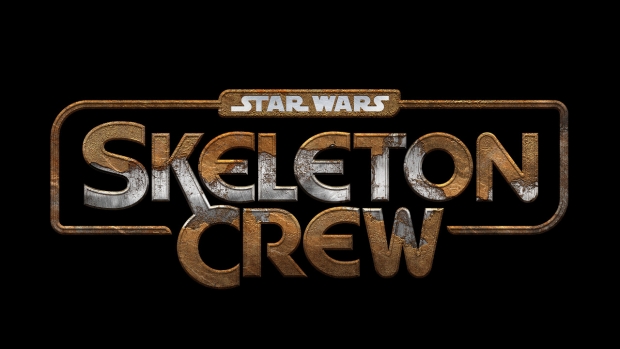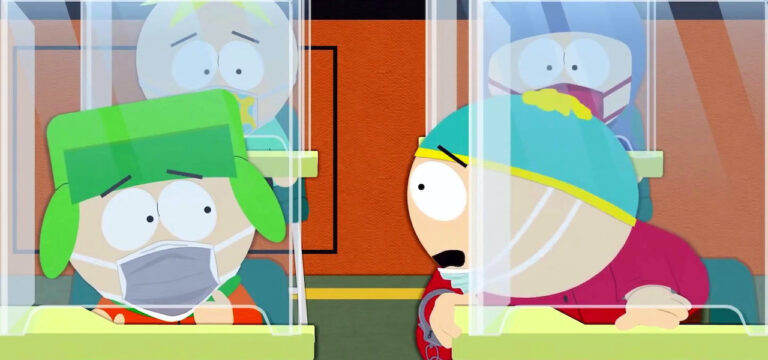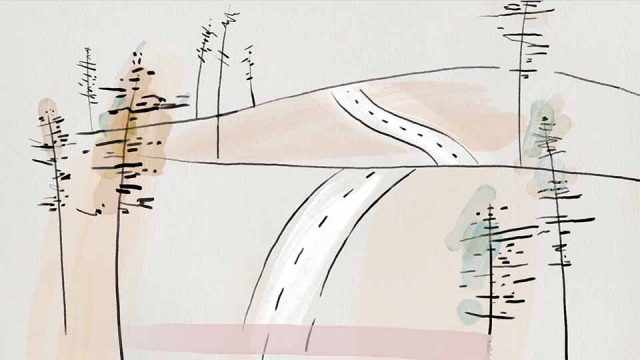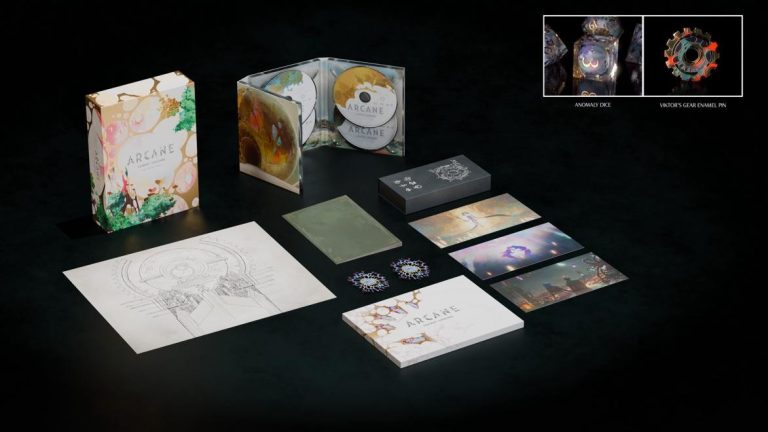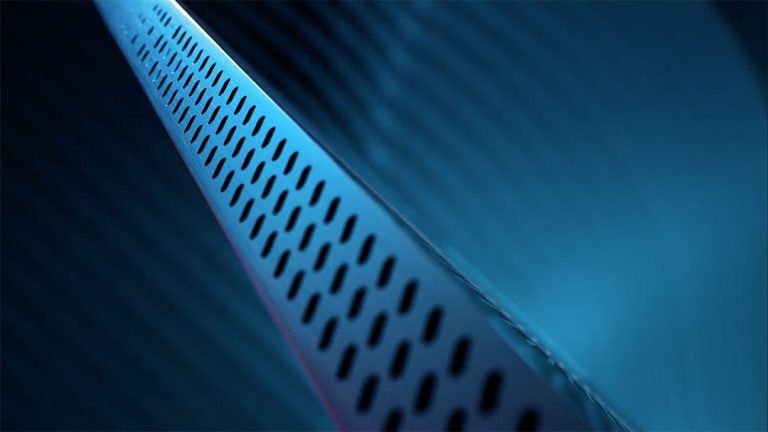With the early rise of anime in Europe, Perifel grew up with anime films and series readily available. In France and much of Europe, “we had a lot of anime on our TV stations,” he recalls.
“What else can we do with the cg medium?”
That was the first question Pierre Perifel, director of Dreamwork Animation’s The Bad Guys, asked himself ahead of crafting his debut feature. In the film’s trailer, one can already see that he and his creative team went to great lengths to find an answer. On April 22, audiences will see the result in even greater detail when the film hits U.S. theaters.
In the past, Perifel notes, we’ve “seen the same type of rendering” occur with a “push toward realism.” He points out that Dreamworks even built its own rendering engine to support that push, first using it on How to Train Your Dragon: The Hidden World before establishing it as the standard for subsequent Dreamworks animated features.
Now that he lives and works in L.A., Perifel feels that “Japanese influence is starting to hit the U.S., thanks to streaming platforms.” In his opinion, that’s facilitating a cross pollination of styles. This is part of the reason why Perifel surrounded himself with a more European art department during development. He wanted a team that would understand the influences and sensibilities he hoped to bring to the film.
“But,” Perifel thought, “can we be a bit more precise in how we craft our images?” To him, “it’s a feeling you’re trying to capture,” rather than true realism. He now feels “the race for realism is over [in cg animation],” explaining that “The Lion King (2019) was the pinnacle of where that can go.”
The Bad Guys draws from a deep well of visual and narrative references. From a story standpoint it borrows from classic heist films such as Steven Soderbergh’s Ocean’s Eleven and Quentin Tarantino films like Reservoir Dogs. The Bad Guys even features a Pulp Fiction-esque diner scene that will be familiar to older audience members.
So, he and his team chose to approach the development of The Bad Guys from a more illustrative standpoint. In the interview, he acknowledges this was only possible after Sony changed the game with Spider-Man: Into the Spider-verse. “Spider-Verse happened and it allowed the studios to say, ‘Oh, we can do that.’”
Diving deeper, Perifel acknowledges his love of graphic novels and anime, including Hayao Miyazaki’s earlier works on Sherlock Hound, Lupin III, and The Castle of Cagliostro. Other visual references came from series such as Cowboy Bebop and FLCL as well as Akira Toriyama’s designs on Dragonball and Benjamin Renner’s work on Ernest & Celestine and The Big Bad Fox.
That influence is felt strongest in the film’s animation. Perifel asked the animators to approach the characters’ posing from a more illustrative standpoint, telling them he didn’t want them to just copy video reference. So, the film’s crew moved away from what the previous pipeline was built to do. According to Perifel, that caused many of the production’s most significant challenges, as “it goes against where the software and the engine want to go.”


